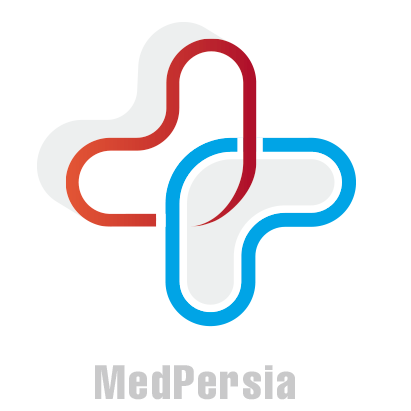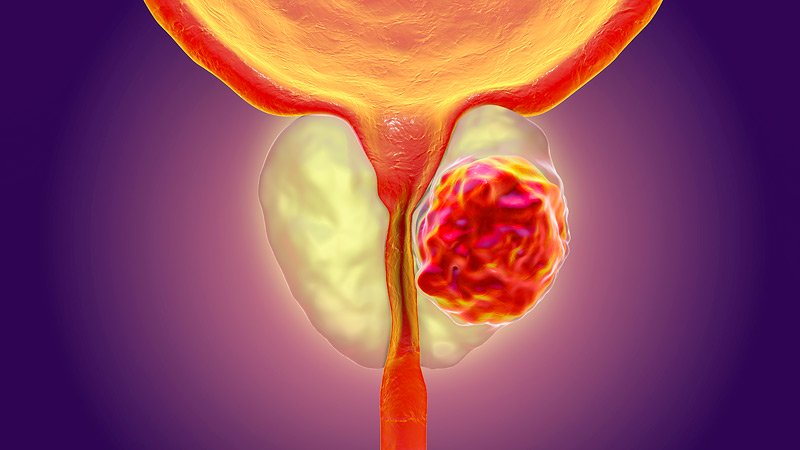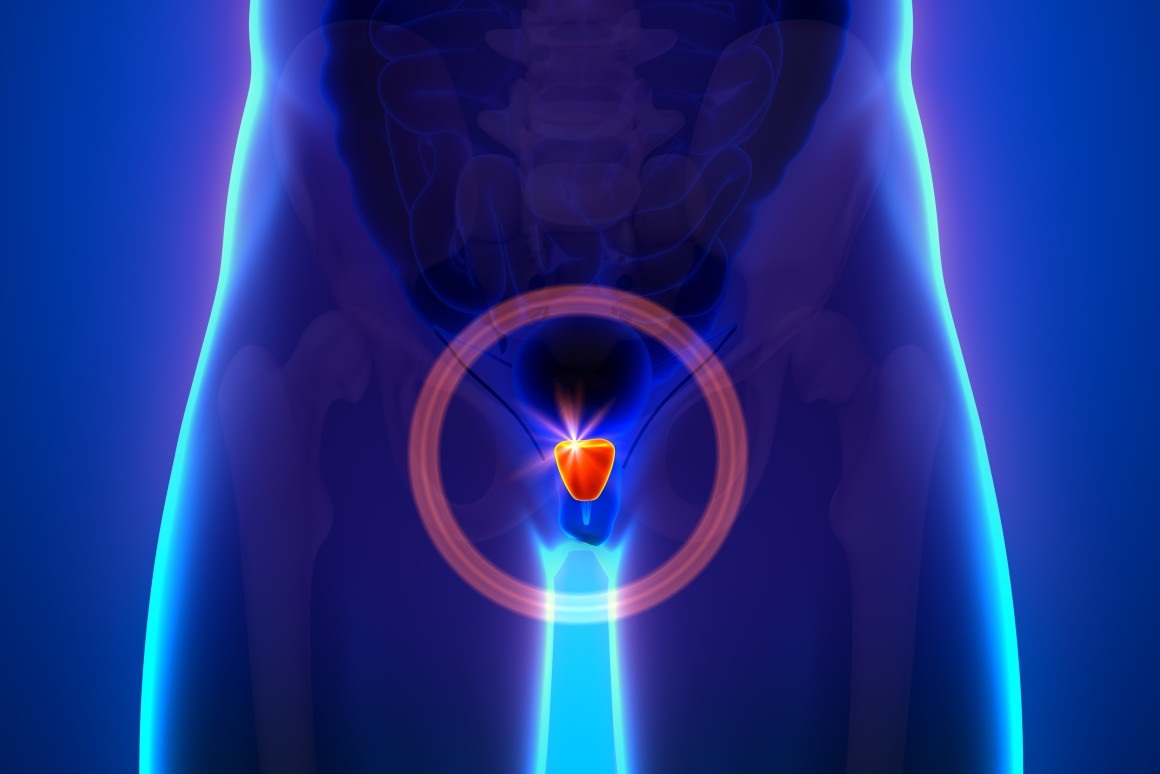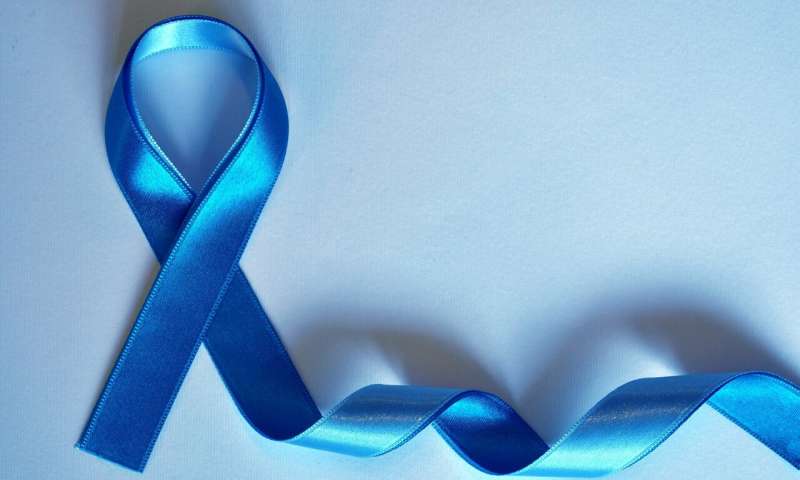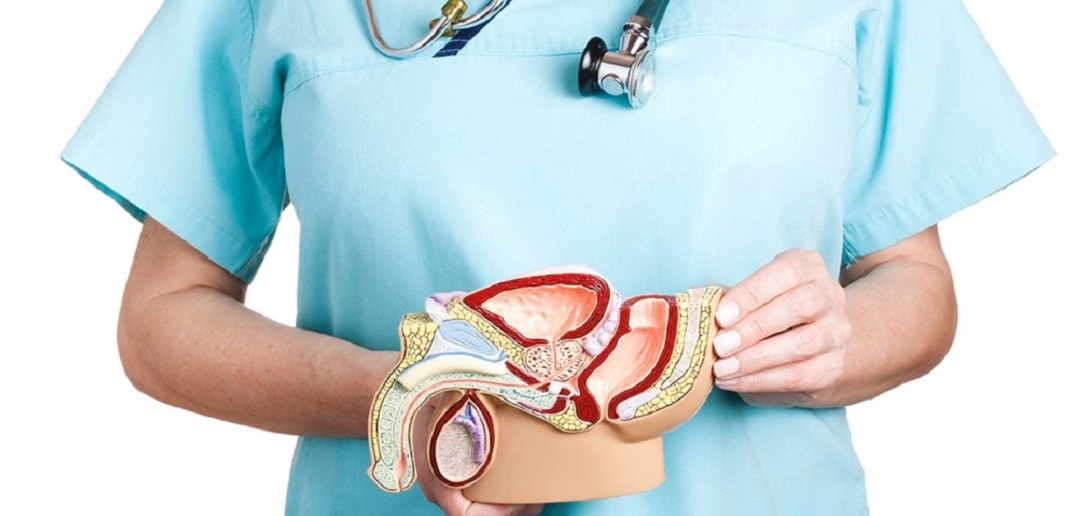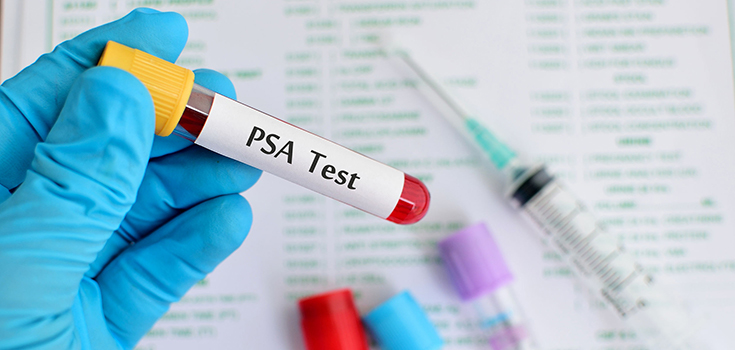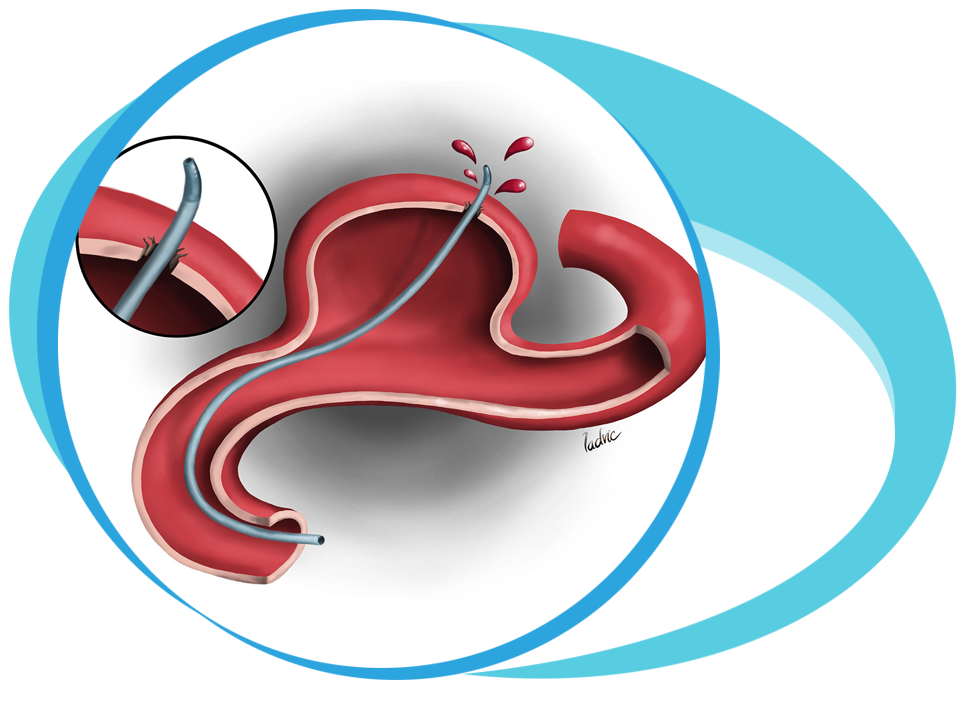Prostate Cancer Treatment in Iran Details
What is Prostate Cancer?
Cancer that takes place in the prostate of a man is known as prostate cancer.
The prostate is a small walnut-shaped gland that is responsible for producing seminal fluid.
This seminal fluid transports and nourishes the sperm.
This cancer is the most common type of cancer in men that develops slowly and remains limited to the prostate gland.
This cancer rarely affects young men and is most commonly seen in older men over 50 years of age.
Types of Prostate Cancer
- Small Cell Carcinoma: This is considered as the rare type of prostate cancer that firstly begins in specialized cells inside the prostate.
Small cell carcinoma is difficult to diagnose in its early stages, and it also does not increase prostate-specific antigen levels (PSA). - Adenocarcinoma: Adenocarcinoma is considered as the most common type of prostate cancer.
This type of prostate cancer can spread to different areas (such as bones, lymph nodes, or other organs) beyond the prostate.
This is a slow-growing type of prostate cancer.
Symptoms of Prostate Cancer
- Blood in semen or urine
- Frequent urination, especially at night
- Inability to urinate while standing up
- Difficulty in stopping or starting a stream of urine
- Leaking of urine while coughing or laughing
- A burning or painful sensation at the time of ejaculation or urination
- An interrupted or weak urinary stream
Symptoms of Advanced Prostate Cancer
- Paralysis or weakness in the lower limbs, usually with constipation
- Stiffness, deep or dull pain in the upper thighs, pelvis, lower back or ribs. This is often followed by pain in the bones of those areas
- Swelling of the lower extremities
- Fatigue, vomiting or nausea
- Loss of appetite and weight
Stages of Prostate Cancer
Stage 1
In this stage, cancer is very small that is located inside the prostate.
Stage 2
The second stage is marked by large cancer that is in both lobes of the prostate.
Cancer at this stage is still limited to the organ.
Stage 3
The third stage is marked by the spread of cancer beyond the prostate.
Adjacent seminal vesicles or lymph nodes may also get affected by this cancer.
Stage 4
The last and final stage is marked by the spread of cancer to bone or other organs.
Diagnosis of Prostate Cancer
Several tests are performed for diagnosing prostate cancer that includes the followings:
Biopsy
Tissues or cells are removed so that they can be examined under a microscope.
These tissues or cells are examined for seeing the presence of cancer cells.
Biopsy procedures can be categorized into the following types:
- Transperineal Biopsy: A thin needle is inserted into the prostate through the skin in between the rectum and scrotum for removing tissue from the prostate.
The tissue is then examined under the microscope for viewing cancer cells. - Transrectal Biopsy: A thin needle is inserted through the rectum and into the prostate for removing the tissue.
The working of the needle is guided by using Transrectal ultrasound procedure.
The tissue is then examined under the microscope for viewing cancer cells.
Digital Rectal Exam (DRE)
The insertion of a lubricated finger into the rectum to feel the prostate through all the rectal for abnormal areas or lumps.
Transrectal Ultrasound
The insertion of a probe that is of about a finger size is done into the rectum for checking the prostate.
This procedure is also used at the time of a biopsy procedure.
Prostate-Specific Antigen (PSA) Test
This test is performed for checking the level of prostate-specific antigen in the blood.
Men who are suffering from prostate cancer have an increased amount of PSA in their blood.
The levels of PSA can be high in those men who are suffering from BPH (enlarged and non-cancerous prostate), or inflammation or infection of the prostate.
Treatment of Prostate Cancer
Several treatment options are available for prostate cancer that include the followings:
Hormone Therapy
The cancer treatment used for removing hormones or blocking the action of the cancer cells from growing is known as hormone therapy.
The male sex hormones may result in the growth of prostate cancer.
Certain hormones, drugs, or surgeries are used for blocking the working of the hormone or for reducing the production of male hormones.
This therapy can be used for treating prostate cancer that can involve the followings:
- The surgical procedure of Orchiectomy is performed for removing one or more testicles to reduce hormone production.
- Luteinizing hormone-releasing hormone agonists help in preventing the testicles from producing testosterone.
- Hormones that produce female sex characteristics are known as estrogens that may help in preventing testicles from producing testosterone.
- The action of androgens can be blocked with the help of antiandrogens.
- Certain drugs can also be used for preventing the adrenal glands from making androgens (hormones that promote male sex characteristics).
Surgery
Surgery is recommended for those people who are good at overall health.
A surgery can be categorized into different types, including the followings:
- Transurethral Resection of the Prostate (TURP): The removal of tissue from the prostate is done by inserting a light and thin tube having a cutting tool (resectoscope) through the urethra.
This surgical procedure is sometimes performed for relieving the symptoms caused by a tumor.
TURP is also sometimes performed for those men who cannot have a radical prostatectomy due to illness or age. - Radical Prostatectomy: The removal of the prostate that is surrounded by seminal vesicles and tissue is done in this surgical procedure.
This surgical procedure can be categorized into the following types: - Perineal Prostatectomy: An incision is made in the perineum area for removing the prostate.
Sometimes a separate incision is made in the abdomen for removing lymph nodes. - Retropubic Prostatectomy: An incision is made during the procedure in the abdominal wall for removing the prostate.
The lymph nodes can also be removed at the same time. - Pelvic Lymphadenectomy: The removal of lymph nodes in the pelvis is done in this surgical procedure.
The tissue is examined under a microscope for viewing the presence of cancer cells.
If there is a presence of cancer cells in the lymph nodes, then the prostate is removed.
Radiation Therapy
High-energy x-rays are used in this therapy for destroying cancer cells.
Radiation therapy is further categorized into the following types:
- Internal Radiation Therapy: This therapy makes use of a radioactive substance that is sealed in catheters, seeds, needles, or wires.
These substances are directly placed near or into cancer. - External Radiation Therapy: This therapy makes use of a machine located outside the body to send radiation to cancer.

